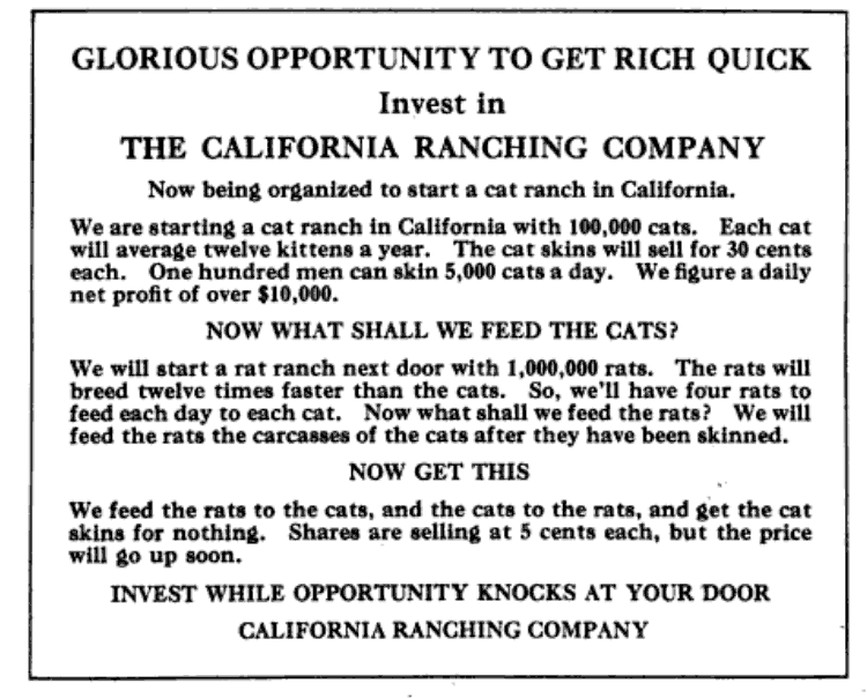I have this friend. Actually an ex-girlfriend. We’ve been friends for 15 years after breaking up.
I talked to her yesterday on the phone. As usual, she’s having problems at work.
“I feel so stuck,” she said. “I think I should go get an MBA in entrepreneurship.”
Huh?
Bear with me for a brief moment while I run through my ex’s troubled work history. I promise to give you a valuable takeaway as a result of it.
My ex graduated some 15 years ago with a master’s degree in economics. Such a degree prepares you to do absolutely nothing in life. I know, because I too graduated with the same degree.
In spite of the worthless economics degree, my ex managed to get a job at General Electric, in what was effectively another graduate program.
After a few years of that and a few years off to raise a kid (not mine), my ex decided she wanted to change careers.
So she went back to school to study UX design. After graduating with her second master’s degree, she started working as a UX researcher.
She’s been doing that for the past several years, in a series of maybe a dozen jobs.
In each job, she very quickly discovers this is not what she had imagined. And within the first week or two, she starts planning and scheming to do something new, different. Now it’s an MBA in entrepreneurship. Anything, as long as it’s not what she’s doing now.
That’s the valuable takeaway I promised you. It’s a powerful sales principle.
It applies to most all of us. Definitely to my friend… definitely to me… probably to you and most probably to your customers.
That sales principle is that people can see with much more clarity and intensity what they have and do not want, rather than what they do not have but do want.
One consequence of this:
Rather than spending a huge amount of time coming up with clever positioning and sales arguments for your offer, it’s often much better to simply position what you have as NOT what your prospect is doing now.
Example:
My Copy Riddles program. It’s not a copywriting course in any traditional sense. It’s not good information. It’s something else.
For more info on this training program that’s unlike anything you’ve seen before:

